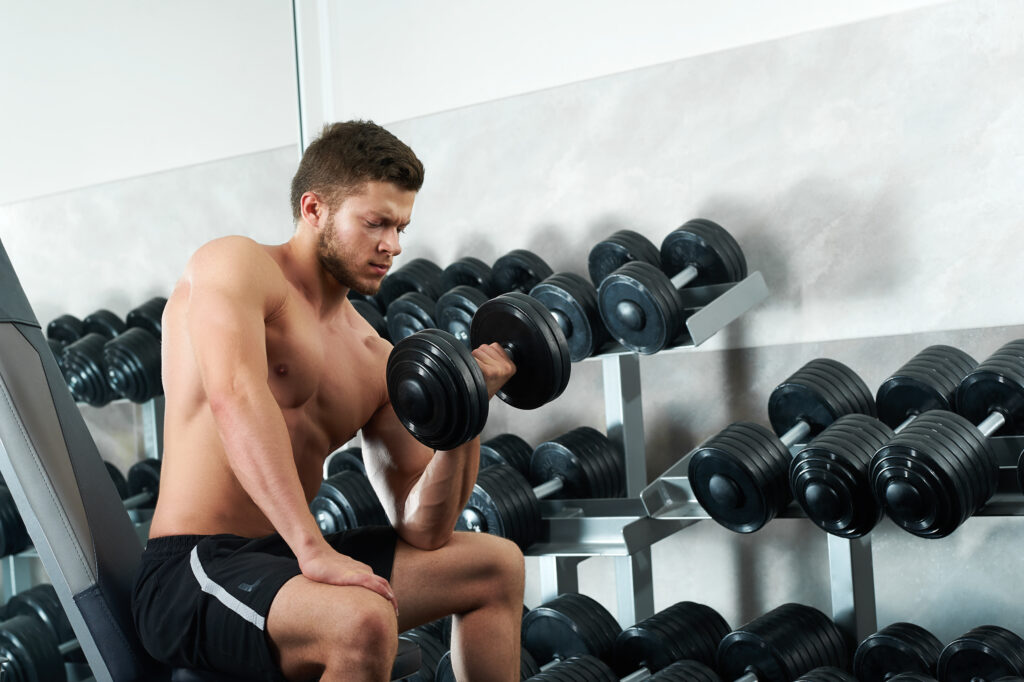The neck muscles are a group of muscles that support and facilitate movement of the neck and head. These muscles are crucial not only for motion but also for maintaining posture and providing stability to the upper body.
The main muscles in the neck include the sternocleidomastoid, which is visible at the front and helps in rotating and flexing the head. Then there are the scalene muscles, which are found on the sides of the neck. These muscles aid in breathing as they help lift the ribs, and they also assist in tilting and slightly rotating the head.
Deep in the back of the neck are the upper trapezius and the levator scapulae. The upper trapezius extends from the upper spine to the shoulder, helping to tilt and turn the head and neck, as well as elevating the shoulder blade. The levator scapulae, starting from the cervical (neck) vertebrae to the shoulder, aids in lifting the shoulder blade and bending the neck to the side.
The suboccipital muscles, which are located right at the base of the skull, play a critical role in fine movement and stabilization of the head. They also help in extending and rotating the head.
Understanding these muscles is important because they can often be sources of tension and discomfort. In our daily lives, activities like prolonged sitting, poor posture, and stress can lead to tightness and pain in these muscles. Regular exercise, stretching, and proper posture can help maintain the health and functionality of the neck muscles, contributing to overall wellbeing and physical performance. Additionally, strengthening these muscles supports the spine and can reduce the risk of neck-related injuries.

